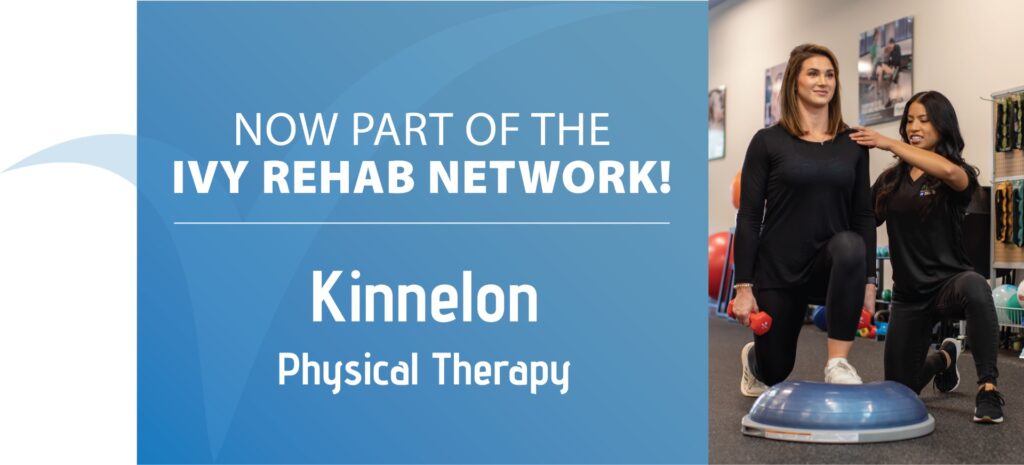If you are experiencing persistent heel pain, especially after walking all day or running long distances, you may have plantar fasciitis. It’s a common condition characterized by pain and inflammation of a thick band of tissue, called the plantar fascia, which is similar to a bowstring. The plantar fascia runs across the bottom of your foot and connects your heel bone to your toes.
Many times, plantar fasciitis develops due to chronic poor foot posture during weight-bearing activities like standing for long hours or running.
Common symptoms include a sharp, stabbing pain in the heel—especially with your first steps in the morning or after sitting for a while—as well as pain in the arch, prolonged discomfort, or swelling. The good news is that plantar fasciitis can often be successfully managed through rehabilitation physical therapy, which focuses on relieving pain, improving mobility, and preventing re-injury through customized exercises and treatment plans.
What Causes Plantar Fasciitis?
Causes of plantar fasciitis vary but there are risk factors that can increase your chances of developing the condition:
- Improper foot mechanics, being flat-footed, having a high arch, or even having an abnormal pattern of walking
- Occupations that require walking or standing on hard surfaces, including teachers, factory workers, carpenters, and nurses
- Faulty footwear can affect the way weight is distributed when you’re standing and put added stress on the plantar fascia
- Overuse or increase or change inactivity
- Weight fluctuation and obesity
- Age as plantar fasciitis is most common in women and men between the ages of 40 and 60, and typically affects one foot
- Certain types of exercise including long-distance running, jumping, ballet, and high-intensity training
If tension on the plantar fascia becomes too great, it can create small tears in the fascia. Repetitive stretching and tearing can cause the fascia to become irritated or inflamed. Ignoring the symptoms of plantar fasciitis may result in chronic heel pain. If left untreated, it can lead to foot, knee, hip, or back problems from overcompensating.
Treatment Options for Plantar Fasciitis
Plantar fasciitis usually goes away in several months, but it is best to visit your doctor for an official diagnosis and rule out other injuries. There are a variety of lifestyle changes and treatment options that can help, along with education and physical therapy.
- Stretching exercises. Stretching out the calf muscles can help ease pain and assist with recovery.
- Limit activities. Give your heel a rest by reducing physical activities.
- Buy good shoes. Invest in supportive shoes that have good arch support and a slightly raised heel.
- Ice. Using an ice pack on your heel for 20 minutes a day can reduce inflammation. Do not apply ice directly to the skin.
- Avoid going barefoot. When you walk without shoes, you put undue strain and stress on your plantar fascia.
- Medications. Oral nonsteroidal anti-inflammatory drugs (NSAIDs), such as ibuprofen, can help reduce pain and inflammation.
Physical Therapy for Plantar Fasciitis
Physical therapy is one of the most effective ways to address both the symptoms and root causes of plantar fasciitis. At Ivy Rehab, our licensed therapists take a two-phase approach:
Phase 1: Reduce Pain and Inflammation
- Calf and plantar fascia stretching
- Manual therapy and soft tissue mobilization
- Modalities like ice, heat, ultrasound, or electrical stimulation
- Education on footwear and activity modification
Phase 2: Restore Function and Prevent Flare-Ups
- Strengthening exercises for the foot, ankle, and hip
- Gait and movement retraining
- Balance and stability training
- Use of orthotics if necessary
- Optional: Running Analysis Program for athletes
This combination helps reduce pain, improve mobility, and lower your risk of future injuries.
Simple Exercises to Help Plantar Fasciitis
Physical therapy for plantar fasciitis often includes targeted exercises that help relieve symptoms, reduce inflammation, and support long-term recovery. These exercises aim to strengthen the foot and ankle, improve mobility in the joints, and reduce overall foot pain.
Here are a few effective exercises to try (always check with your provider first):
- Calf Stretch
Stand facing a wall with your hands at shoulder height. Step one foot back and press the heel into the ground to stretch the calf muscle and Achilles tendon. This reduces tension in the plantar fascia and helps with chronic stiffness. - Towel Stretch
Sit with your leg extended and loop a towel around the ball of your foot. Gently pull the towel toward you to stretch the arch and ease symptoms. This exercise is especially useful first thing in the morning. - Toe Curls with a Towel
Place a towel on the floor and use your toes to scrunch it toward you. This activity strengthens small foot muscles and provides arch support. - Marble Pickups
Pick up marbles or small objects with your toes to improve control and coordination in the foot and ankle. This is a simple way to work the foot without added stress. - Ankle Mobilization
Working with a physical therapist, you may perform controlled ankle and foot joint mobilization techniques. These can improve range of motion and gait mechanics while reducing pain caused by poor foot mechanics.
When done consistently, these exercises not only treat the root cause of pain but also help prevent re-injury. For individuals with chronic plantar fasciitis or increased inflammation, a custom exercise plan tailored to your activity level, occupation, and symptoms can be a game-changer in recovery and overall foot health.
Don’t Let Heel Pain Limit Your Lifestyle
If heel pain is slowing you down or getting worse, don’t wait. Plantar fasciitis is highly treatable, especially when addressed early.
Reclaim Your Strength and Mobility
Experience tailored physical therapy programs designed to alleviate pain and restore function.
Schedule Your Free Screening
Article Reviewed by Holly Lookabaugh-Deur, PT, DSc, GCS, CEEAA
Holly Lookabaugh-Deur, PT, DSc, GCS, CEEAA is a practicing physical therapist and a partner and Director of Clinical Services at Ivy Rehab Network. Deur is board certified as a geriatric clinical specialist and certified exercise expert for aging adults with more than 35 years of clinical experience. She is certified as an aquatic and oncology rehabilitation specialist and serves as adjunct faculty at Central Michigan University and Grand Valley State University.





